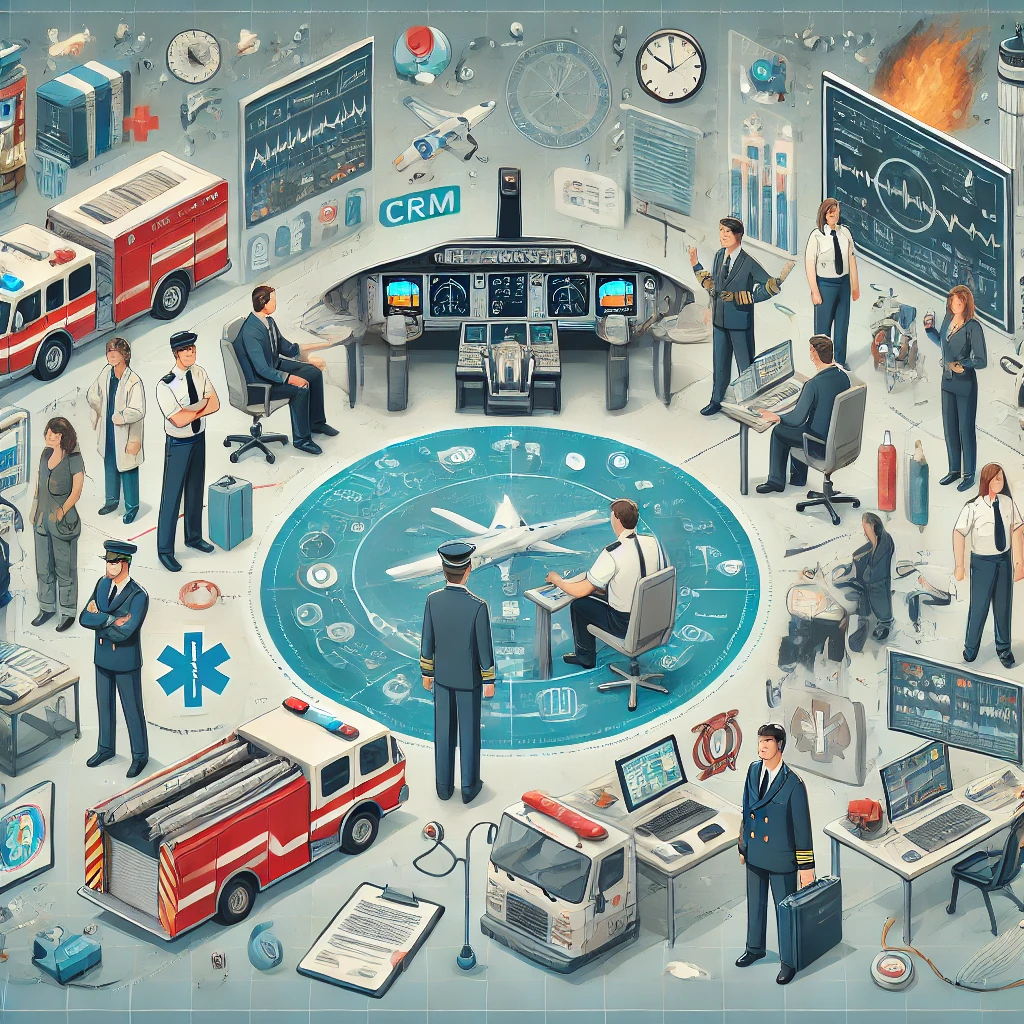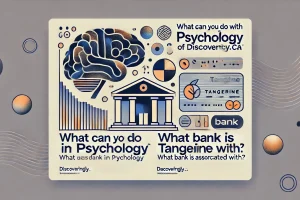What is Crew Resource Management (CRM)? A Guide to Effective Team Coordination in High-Stakes Environments
Crew Resource Management (CRM) is a set of training procedures developed for use in environments where human error can have severe consequences, such as aviation, healthcare, firefighting, and maritime operations. Originally developed in the aviation industry in the late 1970s, CRM focuses on the non-technical skills that crews need to ensure safety, efficiency, and effective decision-making. It includes communication, situational awareness, problem-solving, decision-making, and teamwork—all skills that are crucial when operating in high-stress and high-stakes environments.
In this guide, we’ll dive into the origins of CRM, its core principles, the benefits of implementing CRM, and how it has evolved and expanded to other fields.
1. Origins and Development of Crew Resource Management
CRM was first developed by NASA in 1979 after research into aviation accidents revealed that human error was often the primary cause of accidents rather than mechanical failure. Many incidents involved breakdowns in communication, faulty decision-making, and lack of teamwork among flight crews. Recognizing these issues, NASA and the aviation industry designed CRM to improve crew communication and decision-making.
Initially, CRM was aimed at flight crews, focusing on improving communication between pilots, copilots, and other crew members. Over the years, CRM training expanded to include all staff involved in flight operations, such as cabin crew, ground controllers, and maintenance personnel. By the 1990s, CRM had evolved to address a broader range of human factors and was adopted globally across the aviation industry as a vital safety measure.
2. Key Principles of Crew Resource Management
CRM’s foundation rests on several key principles that guide team members in working together effectively and preventing human errors. These principles can be applied to any high-stakes environment where coordination and communication are critical.
a. Communication
Clear, concise, and assertive communication is the cornerstone of CRM. It includes giving instructions clearly, actively listening, providing feedback, and verifying understanding among team members. CRM emphasizes closed-loop communication to confirm that messages are received and understood, reducing the risk of misunderstandings.
b. Situational Awareness
Situational awareness involves being aware of the immediate environment and understanding how one’s actions may affect future conditions. Team members must constantly monitor and assess their surroundings, identifying potential threats, changes, or abnormalities that could affect safety.
c. Decision-Making
CRM teaches structured decision-making techniques that allow crews to make informed choices quickly under pressure. By evaluating all available information, considering potential outcomes, and involving all relevant team members, crews can reduce biases and avoid poor decision-making.
d. Teamwork and Cooperation
Effective CRM relies on teamwork, where each member understands their role and responsibilities while supporting others. Encouraging open dialogue and respecting each member’s input fosters an environment where everyone can contribute to safety and performance.
e. Stress and Fatigue Management
Stress and fatigue are significant factors that can impair judgment, reaction time, and decision-making. CRM includes strategies for recognizing signs of stress or fatigue and managing them to maintain optimal performance levels.
f. Leadership and Followership
CRM promotes a balanced leadership approach, encouraging leaders to remain approachable and open to feedback, while team members are empowered to voice concerns. This dynamic helps in building trust and making effective, collective decisions.
3. Benefits of Crew Resource Management
Implementing CRM brings multiple benefits, enhancing both safety and operational efficiency. Here’s how CRM positively impacts teams and organizations:
a. Enhanced Safety
CRM reduces human error by promoting clear communication, improving situational awareness, and fostering a culture of teamwork. This heightened focus on safety has led to decreased accident rates in industries where CRM is implemented.
b. Improved Decision-Making
Structured decision-making enables teams to assess situations more effectively, consider alternative courses of action, and choose the best response, particularly in high-pressure scenarios.
c. Increased Job Satisfaction and Team Cohesion
With CRM, team members feel valued and heard, which boosts morale and job satisfaction. Teams work together more cohesively, and the hierarchical barriers that may hinder open communication are minimized.
d. Reduced Stress and Burnout
By providing tools for managing stress and fatigue, CRM helps individuals remain calm and focused, reducing the risk of burnout in high-stress environments.
e. Operational Efficiency
CRM allows teams to work more efficiently by clarifying roles, improving communication, and enhancing situational awareness, which ultimately results in smoother and faster operations.
4. CRM in Various Industries
While CRM began in aviation, its success led to adoption in various other high-stakes industries.
a. Aviation
CRM remains a foundational training program in aviation, required by airlines globally. It covers pilots, flight attendants, air traffic controllers, and ground support, ensuring that everyone involved in flight operations works together effectively.
b. Healthcare
In healthcare, CRM is used in operating rooms, emergency departments, and intensive care units, where quick and accurate decisions can mean the difference between life and death. Known as TeamSTEPPS in healthcare, CRM principles are adapted to improve communication between doctors, nurses, and other staff, reducing medical errors and enhancing patient safety.
c. Maritime and Offshore Operations
In maritime environments, CRM is applied to improve teamwork and communication among ship crews and offshore teams. This application reduces the likelihood of navigational errors, accidents, and environmental damage.
d. Firefighting and Emergency Services
CRM helps firefighters and emergency responders coordinate efforts during critical events, such as fires and natural disasters. Clear communication and strong leadership enable teams to make quick, safe decisions in dynamic, high-risk environments.
e. Nuclear Power and Manufacturing
In nuclear power plants and complex manufacturing processes, CRM training aids in minimizing operational errors, improving safety, and ensuring that team members can identify and react to abnormal events or potential failures.
5. Implementing Crew Resource Management Training
Implementing CRM training requires a structured approach, tailored to the needs of the specific industry and organization. Here’s how organizations can effectively incorporate CRM:
a. Initial Assessment and Customization
Start by assessing the specific needs of your team or organization. Identify the key challenges in communication, teamwork, or decision-making that CRM can address, then customize the CRM curriculum to address these issues.
b. Interactive Training Methods
Effective CRM training often includes simulations, role-playing, and scenario-based exercises, allowing team members to practice and refine their skills in real-world contexts. For example, flight simulators are used in aviation CRM, while healthcare professionals may engage in simulated patient interactions.
c. Continuous Reinforcement and Feedback
CRM should be an ongoing process, with regular refreshers and updates. Post-incident debriefs and team discussions help reinforce CRM principles and encourage continuous improvement.
d. Building a Culture of Openness
Foster an environment where team members feel comfortable speaking up, sharing feedback, and making suggestions. Leaders should model open communication and support a culture where every team member’s input is valued.
e. Evaluation and Adjustment
Regularly evaluate CRM training outcomes to assess effectiveness. Collect feedback from team members, review incident reports, and monitor performance to adjust the CRM program as needed.
6. Challenges of CRM Implementation
While CRM offers substantial benefits, there are some challenges in implementation:
- Resistance to Change: Team members accustomed to traditional communication and hierarchical structures may resist CRM principles. Education and leadership support are essential to encourage adoption.
- Cost and Resources: CRM training requires financial resources and time for training sessions and simulations, which can be challenging for smaller organizations.
- Maintaining Skills: Like any skill set, CRM competencies can fade if not practiced regularly. Organizations must ensure that CRM principles are reinforced consistently through ongoing training and application.
Conclusion
Crew Resource Management (CRM) is a proven approach to enhancing safety, efficiency, and teamwork in high-stakes environments. By emphasizing communication, situational awareness, structured decision-making, and team dynamics, CRM helps professionals navigate complex situations with greater confidence and precision. While initially developed for aviation, CRM principles have transcended industries, finding valuable applications in healthcare, firefighting, maritime operations, and beyond.
For organizations, implementing CRM is an investment in team performance and operational safety. Through training and commitment to CRM principles, teams can reduce human error, improve morale, and create a collaborative environment where safety and efficiency are paramount.






